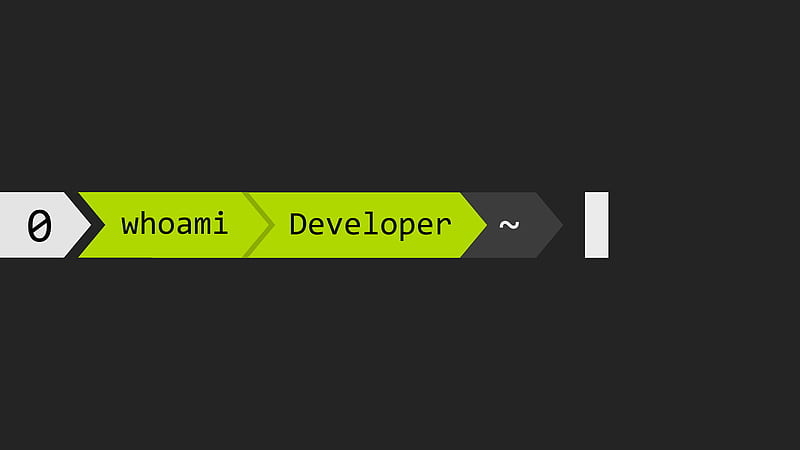Introduction:
The Linux terminal is a powerful tool that can significantly enhance your coding experience. Whether you're a seasoned developer or just getting started, mastering the terminal can streamline your workflow and make you more efficient. In this blog post, we'll explore the basics of the Linux terminal and dive into the world of aliases – a feature that can supercharge your productivity.
The Linux Terminal: Your Coding Companion
The terminal, often called the command line, is a text-based interface to your Linux operating system. It might seem intimidating at first, but once you get the hang of it, you'll wonder how you ever lived without it. Here are some key benefits:
- Execute commands quickly with just a few keystrokes.
- Navigate through the file system effortlessly.
- Automate tasks with scripts.
- Tailor your terminal environment to suit your needs.
- Create shortcuts for repetitive tasks using aliases.
- Access remote servers and systems through SSH.
- Manage servers, databases, and code repositories with ease.
Getting Started with the Terminal
If you're new to the terminal, here are some essential commands to get you started:
ls: List files and directories in the current folder.cd: Change directories.mkdir: Create a new directory.touch: Create a new file.cp: Copy files and directories.mv: Move or rename files and directories.rm: Remove files and directories (be cautious with this one).
Supercharge Your Terminal with Aliases
Aliases are shortcuts or abbreviations for longer commands. They allow you to create your own custom commands,
making your terminal experience more efficient. Let's dive into how to create and use aliases for
.bashrc and .zshrc:
Creating Aliases in .bashrc or .zshrc
- Open your terminal and navigate to your home directory (
cd ~). - Open the
.bashrcor.zshrcfile in a text editor using a command likenano,vim, or any text editor you prefer. - Add your aliases in the following format at the end of the file:
alias alias_name='command_to_be_aliased'alias cls='clear'
Save the file, exit the editor and close the terminal. The source your .bashrc or
.zshrc from the terminal using source ~/path/to/file
Using Aliases:
To use an alias, simply type the alias name in the terminal. For our example, typing cls will clear
the screen. You can create aliases for frequently used commands, directories, or even complex command sequences.
Examples of Useful Aliases:
Here are some examples of aliases that can improve your coding experience:
Alias for navigating to your project directory:
alias proj='cd ~/path/to/your/project'
Alias for running a Python script:
alias py='python3 ~/path/to/script.py'
Alias for updating system packages in Arch Linux:
alias updatesys='sudo pacman -Syu'
To Wrap It Up
Mastering the Linux terminal and harnessing the power of aliases can greatly enhance your coding experience. It's
a skill that's not only valuable for developers but also for anyone who wants to become more proficient with
Linux. By creating aliases for .bashrc or .zshrc, you can keep your aliases
organized and easily transfer them between systems. Start by creating a few aliases for your most frequently used
commands, and you'll soon find yourself navigating your coding projects with ease and efficiency.
In my future post, we'll explore more advanced terminal topics, so stay tuned. Happy coding!

